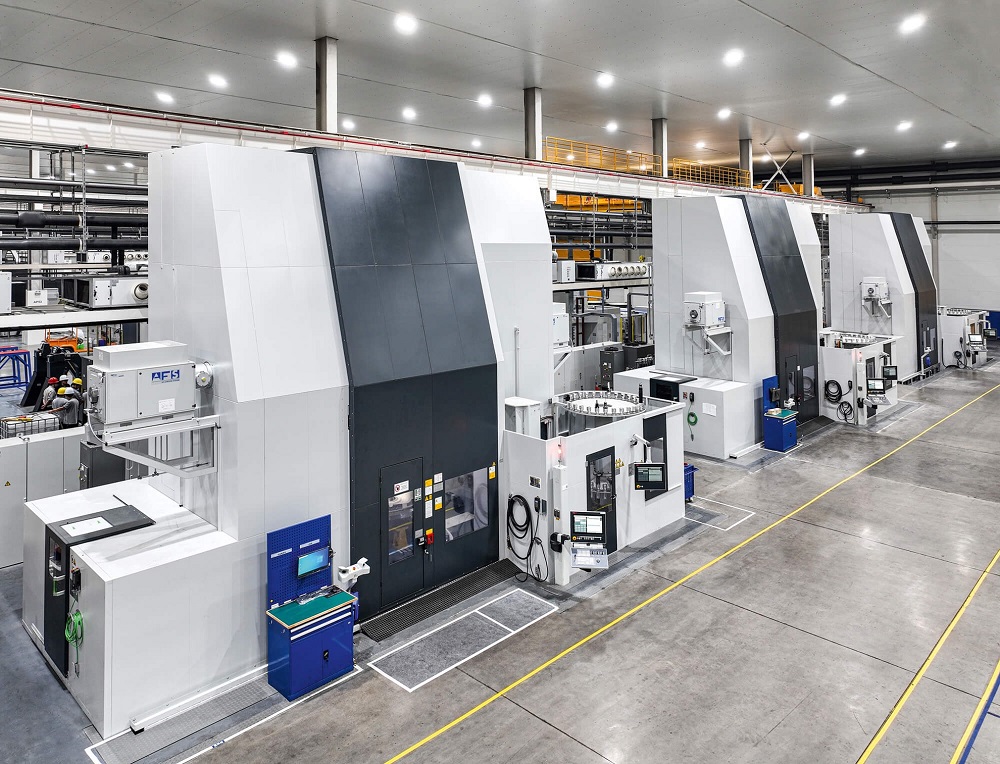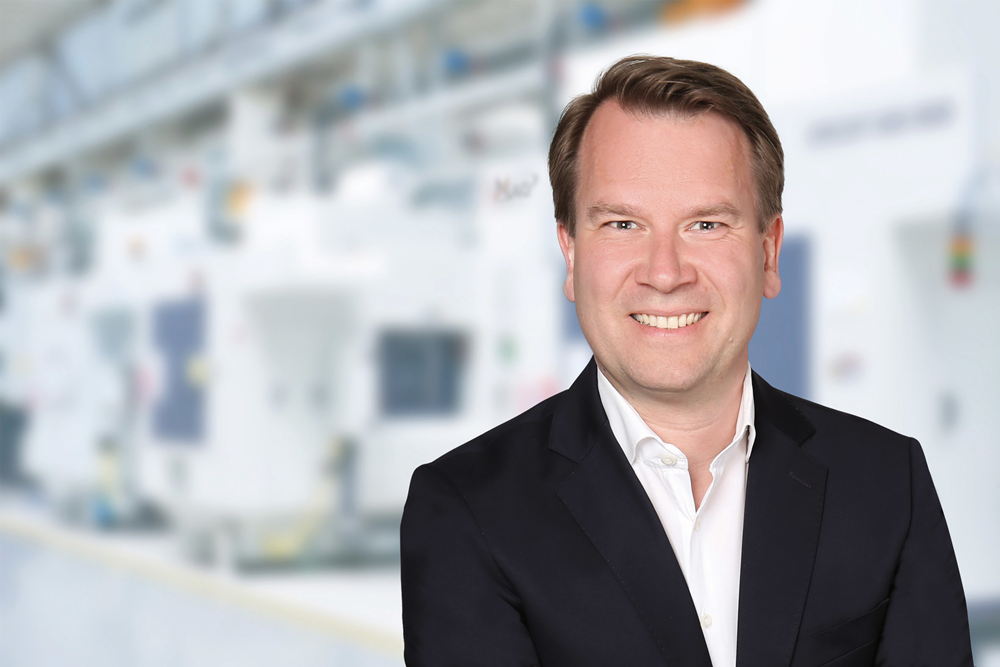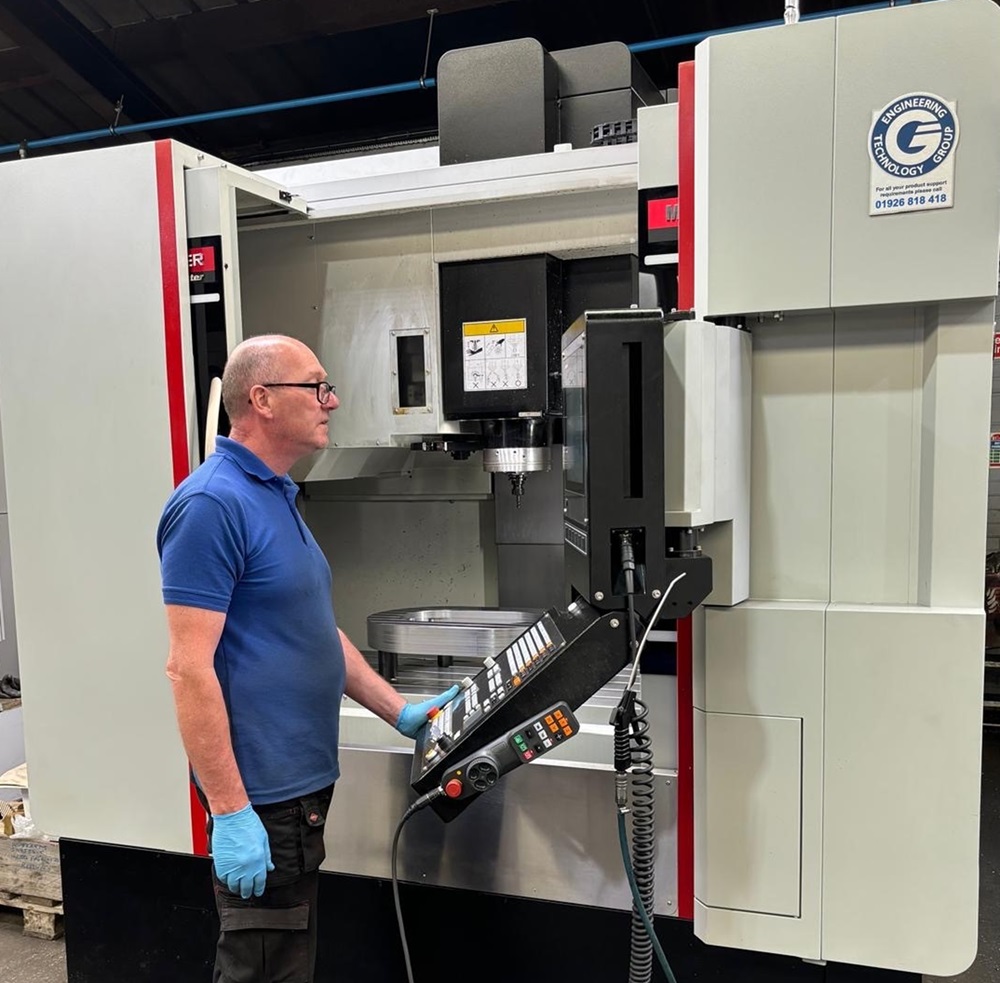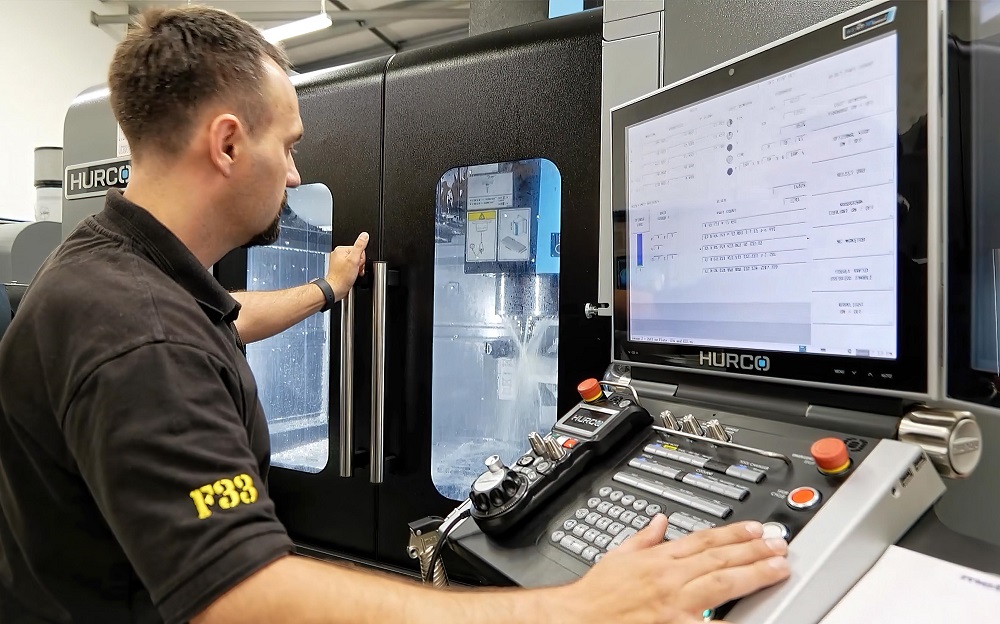With over 100,000 gearboxes already produced for wind turbines, the NGC Group from
China has eight machines supplied by Starrag at its main factory. This historical success was
reason enough for the Chinese specialist in wind turbine powertrains to increase the
number of Berthiez, Dörries and Heckert machines to 20.
China wants to be carbon neutral by 2060 and wind power plays an important role in this
plan. Huai’an, NGC’s third factory in China (in addition to production facilities in Nanjing and
Baotou), will set the course for a carbon-free future. Units for the large offshore wind
turbines with 15, 18 and 20 MW capacity have also recently been built there. This is where
Starrag comes in, with its ‘Renewables’ market segment, which has made a name for itself
with machines for manufacturing wind turbine drivetrains. Since 2006, 100 machines have
been delivered to China, of which about one in five went to NGC.
“In 2007, we won NGC as our first Chinese customer in the wind power industry there,”
recalls Jörg Heinrich, director of the Application & Technology Department at Starrag
Shanghai Co Ltd. “After successfully handing over the first machine, a Heckert horizontal
machining centre in 2009, NGC immediately ordered three more Heckert machines.”
According to NGC, the machining centres can process workpieces 25% faster than
competitor models. The production technology and the special on-site service were well
received in China and, since 2022, NGC has increased the number of Starrag machines in its
factories to 20.
A Dörries vertical turning machine has gone to Baotou and nine machines from Starrag’s
Berthiez, Dörries and Heckert product ranges have been shipped to the new factory in
Huai’an.
More information www.starrag.com



















